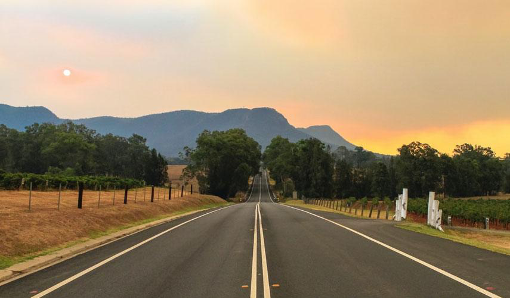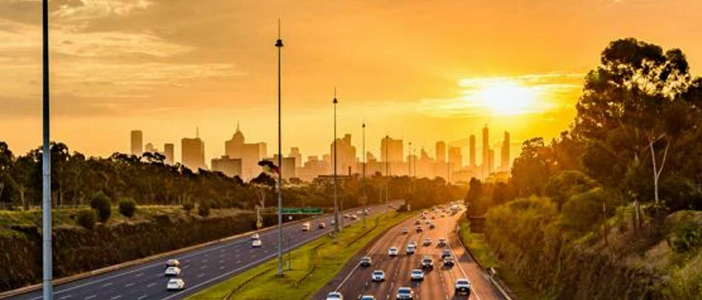
Australians working from home in the COVID-19 pandemic, has paved the way for people to move out of cities and take their jobs with them. Staff and employers have seen that location may no longer be a barrier for where we choose to work.
Many Australians have moved back to their hometowns to get out of the crowded cities, preferring to be surrounded by forests or to live in quieter coastal towns. In doing so they have found that they are far more relaxed and feel a lot better within themselves. Lifestyle migration to a slower pace of life is improving their life and wellbeing.
More and more people who have worked remotely in lockdown have realised that a rural lifestyle is possible, and they can escape the city. In some regions there are still infrastructure gaps so keeping a modern online business going means doing some research!
1. Will you be Financially Better Off Starting a Life in Regional Australia?
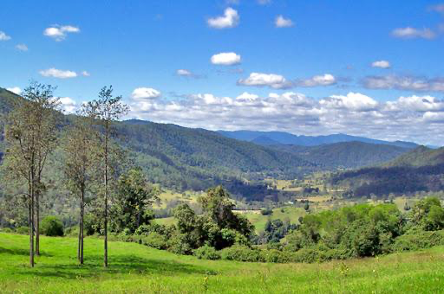
We know that average house prices vary considerably across Australia as well as average incomes. The key is to reach the best possible outcome of a region with good average income and low median house prices.

The Regional Australian Institute (RAI) have developed a MOVE tool which shows both these factors. An interactive map which helps you find if a regional town or city is a better fit for you, both financially and to a degree in lifestyle as well.
http://www.regionalaustralia.org.au/home/move/
Potential homeowners can find out which areas in Australia give them the best chance of paying off their mortgage faster by combining the average wage with the average house price.
If you can keep your city wage, move out to regional Australia to work remotely the financial advantage is even better!
2. Can You Still Move During Coronavirus?
If you want to move, the government are still cautious and recommend postponing, restricting any potential spread of the virus. If you do have to move during COVID-19, due to your current residence being no longer available because of perhaps a sale or lease end etc, it is possible to book a removalists as these have been named as an “essential services”.
When moving interstate, you may need to undergo a 2-week quarantine when entering your new home state and where relevant obtain the approved border passes.
The online removalist booking platform Muval has discovered a greater customer interest in moving since workplace lockdowns in March. They have published a useful blog on their site answering questions about whether it is possible to move to a new house during the pandemic.
3. Where are people moving out of and into?

The density of cities where the virus can be spread by close contact, has influenced decisions to move out of the cities. Generally, properties and apartments are smaller making it more difficult to isolate a space for an office and work effectively. The size of properties for the same price per square metre can be doubled if a move out of the city to regional Australia is possible.
During COVID some people have now started to act on a long-standing life plan to finally move out of the city. Post COVID-19 enquires for rural real estate have been on the increase especially from people wanting to move out of Melbourne and Sydney.
Popular searches include : –
- Armadale is a cosmopolitan city that is situated between Sydney and Brisbane. It is surrounded by acres of farmland and beautiful national parks. The regional airport and CountryLink train offer easy access to both cities. Armidale is one of in regional NSW offers career and lifestyle opportunities like big cities. Interestingly Armadale had a plentiful supply of water even in the drought season.
- Bowral is the largest town situated in NSW’s Southern Highlands situated with Wollongong and Sydney an easy enough commute. It is a charming, affluent town with gourmet cafes, restaurants, and many boutique stores. It is a much sought-after destination for retirees as well as being popular for families because of the good schools in the area. Consequently, the house prices are higher than many regional towns.
- Mudgee to the north west of Sydney, offers a country lifestyle, like Bowral but with a more reasonable budget. Surrounded by rolling hills and wide, tree-lined streets there are many properties to suit your needs. Popular amongst retirees and families this laidback escape from the city living. The surrounding fertile farmland ensures fresh local produce is supplied to the cafes and restaurants in the town.
- Central Coast offers excellent train commute times from Woy Woy, Gosford, and Tuggerah. Whilst property is more affordable, the property prices are on the rise as towns on the central coast become more popular. The easy accessibility of beautiful beaches and State and National Forests is an appealing factor with rural and regional properties available.
- Bellingen is a small town on the NSW Mid-North Coast, south west from Coffs Harbour. The town offers a relaxed and artistic lifestyle with many quirky cafes, organic values, and a popular monthly market. The music, arts and cultural scene are apparent with music and writers’ festivals popular for residents and travellers.
- Hay is a charming town situated on the Murrumbidgee River in NSW’s Western Riverina region. It is surrounded by grassland and wide-open plains. Generally known for its welcoming community it is a place well suited to those who are looking for a quieter life. The rich history of this unique town is apparent with many historical and heritage buildings. There are properties available with agricultural and horticultural opportunities at an affordable price.
4. What are the hidden costs of regional lifestyle?
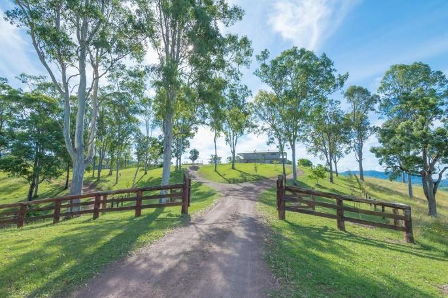
While the cost of living may seem lower in some regional areas, there may be some hidden expenses. In Queensland places like Cairns or Townsville there is only one energy provider who supplies energy at a higher cost. Here also insurance is significantly higher. Maintaining or upgrading a property is a consideration as well as how close the nearest Bunnings is! Gas and sewage connections must be researched, or septic tank maintenance checked out. Bushfires can be a hazard and proper planning must be considered and rehearsed for the bushfire season
It is better to move with a guaranteed income especially to regional areas as the job market is not big especially during the COVID era.
The good thing is that crime rate is lower but with people having more time for each other community strength is a benefit. It is best to look at the surroundings when considering the area, talk to locals, the local council and importantly talk to the local police or fire brigade service.
5. What is the internet like?
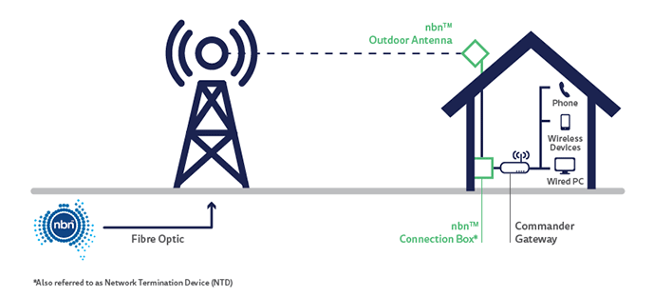
Awareness of lack of infrastructure is to be considered the more remote you go, especially when hoping to take a modern, online business to rural areas, as the internet is not always available.
Some regional areas have seen improved broadband access which has made it easier to work outside cities. The government is being urged by regional and urban planners to invest in regional areas to capitalise on post pandemic migration. Many local councils have spent a lot of money on point-to-point internet upgrades that used optic fibre.

The NBN Fixed Wireless and SKY Muster satellite services are used mostly in regional and remote areas, where premises are spread out geographically over many kilometres.
You can see what technology is available at your region of choice by going to https://www.nbnco.com.au/learn/regional
Wanting to connect the unconnected Australians, the Internet service providers such as IPSTAR Broadband has offered free satellite Internet services to regional and rural properties in the recent pandemic.
6. What are the drawcards for people for people used to city life?

Covid-19 pandemic migration from big cities to regional areas, enables people to work from home and seek cheaper properties away from bustling central business districts. Many homeowners in our state capitals are paying double the mortgage of their regional city counter parts.
Real estate agents have reported a dramatic increase in the number of people looking to find properties where housing is more affordable and there is less congestion. City dwellers inquiring were not looking for jobs in the areas as most where now operating their own business life from home.
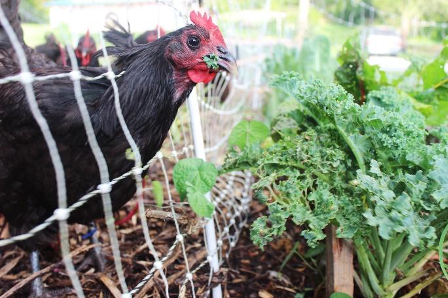
The Post COVID wave is seeing people are coming out of lockdown and realising they can lead a more relaxing simpler life away from large communities. They could even go back to basics and have time to grow veggies or raise chickens. With the influx of new residents in regional areas, council planners are urging the government to invest in regional areas to capitalise on post pandemic migration so that they do well in the long term because of the pandemic.
Once people feel comfortable about travelling again, they are going to have quite different financial conversations moving forward, especially in relation to rural properties. A major factor is that whether you are looking for a renovator’s dream or a dream house you can get a lot more property and land for your money in most regional areas compared to the cities.
7. What are the advantages for businesses if employees move out to the city?

Many businesses already have flexible working policies in place which is encouraging people to move their traditional city job to the regions.
With lifestyle as a priority, if hurdles such as phone and internet connectivity are addressed decentralisation from a city office can work and be beneficial to employees’ jobs as well.
Covid has shown that the change in how we work has allowed staff and employers to see that location is no longer a barrier for where they choose to work. Those Australians who have proved they could work productively and effectively from home rather than in the city office could now consider the possibility of a lifestyle migration. More and more of the workforce are thinking seriously about making a move to regional Australia and tailoring their work to suit their lifestyle.
Not every business can sustain a move but from those that have made a lifestyle change they say you should always ask employers if a move is possible.
8. How will living in the country help wellbeing?
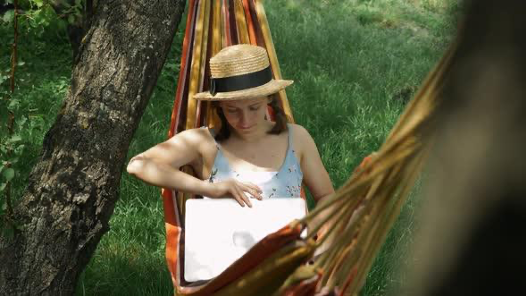
The slower pace of country life compared to the fast pace in big cities is an obvious contrast. Those living in rural areas experience much higher levels of wellbeing and life satisfaction. There is more social cohesiveness which makes Australians living in rural areas feel safer in their community. They feel more connected with those in their neighbourhood, in contrast to those who live in cities. People are less stressed and more likely to give back in the form of volunteer work.
Not everyone is ready to slow down their pace of life and escape the hustle and bustle. They may feel that on the days they need to work back in the city means they have a longer commute and moving to the countryside may not answer all their problems.
9. Which Australian Businesses are encouraging businesses to live and work in regional areas?
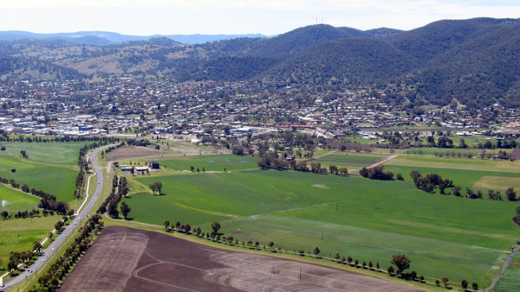
Paving the way for people to move out of cities and take their jobs with them, are major Australian Businesses. Companies including Commonwealth Bank, KPMG, Telstra, NBN Co, Prime Super, Aurizon, Expedia, Transgrid, Bendigo, Adelaide Bank and Australian Petroleum Production & Exploration (APPEA), have signed up for the Regional Australia Council 2031 (RAC2031) initiative. They are working to decentralise people to live and work in regional areas and have committed to making flexibility a long-term reality for their workers.
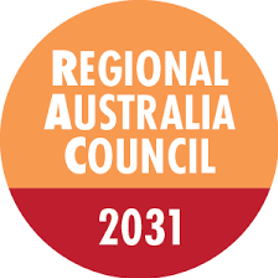
RAC2031 will base its work on Regional Australia Institute research into jobs, population, liveability, and leadership. The joining members will help shape and execute the new vision and national awareness campaign. This will help promote the opportunities that exist to live, work, and invest in regional Australia. This will transform regions.
If the predicted population growth continues as projected in the outer suburbs for Melbourne, Sydney, Perth and Brisbane more people are going to be financially better off if they moved to regional Australia. RAC’s latest research into population movement trends over the most recent census period shows 65,000 extra people moved from a city to regional locations than the reverse between 2011 and 2016 and only a small number of areas were in decline.
10. What else is influencing decisions of lifestyle.
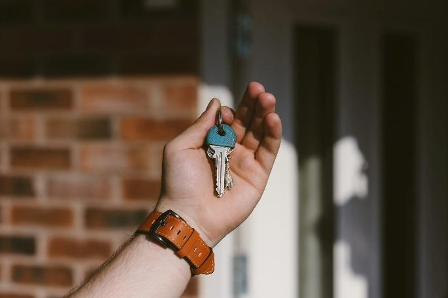
As work becomes less tied to the city office the pandemic is basically changing the necessity and appeal of living in a big city.
Pandemic conditions have seen many people logging in from home and successfully keeping their jobs, making a working from home lifestyle possible. The Regional Australia Institute hopes more companies will allow employers to live and work in rural and regional areas. Many companies are looking to expand opportunities and encourage their workforce to think seriously about making a move out of the city. Then they can cut costs of costly office space in the city.
The chances of new lockdown orders if new outbreaks occur, is constantly on people’s minds. Moving out to less populated areas where lockdown is less likely is influencing location decisions. Cities which are seeing mass gatherings and protests are galvanising some resident’s commitment to stay in the city and push to quieter areas of the country. This is influencing people to have less reason to stay particularly if they have been able to do their jobs from home in lockdown.
